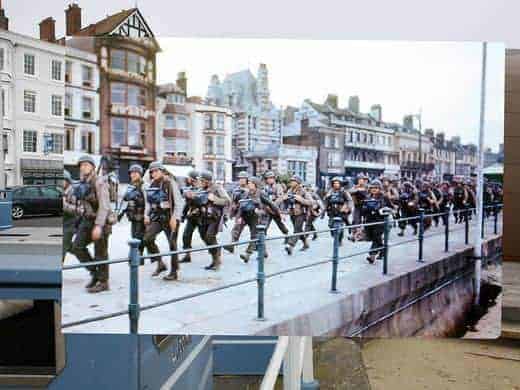Today is the 72nd anniversary of the D-Day or Normandy landings. D-Day was one of the most important events in WW II. It changed the course of history. It was the decisive moment in the war in western Europe and it led to the Nazi defeat. Here are some fascinating facts about D-Day

